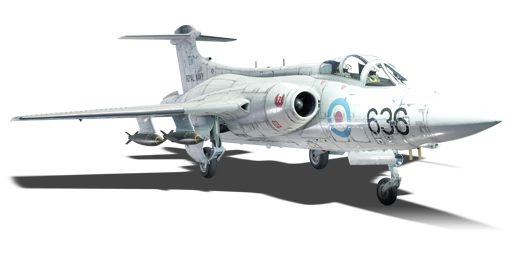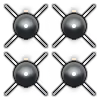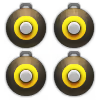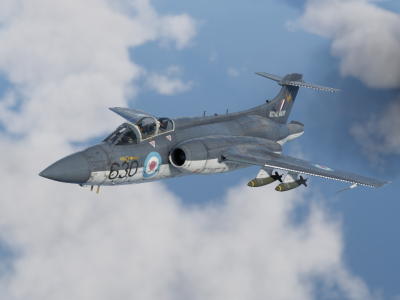

The Buccaneer S.1 was introduced into British service in 1962 as a low-level strike aircraft for the Royal Navy. It was designed to carry a variety of weapons, including nuclear bombs, conventional bombs, rockets, and missiles. The Buccaneer S.1 had a distinctive shape, with a large nose, swept wings, and a tailcone that could be split to become an airbrake. The aircraft was powered by two de Havilland Gyron Junior DGJ.2 turbojets, which gave it a maximum speed of around 650 mph. The Buccaneer S.1 was deployed on several aircraft carriers, such as HMS Ark Royal, HMS Eagle, and HMS Hermes. It saw action in various conflicts, such as the Aden Emergency, and the Beira Patrol. The Buccaneer S.1 was also used for reconnaissance and maritime patrol missions. The Buccaneer S.1 was gradually replaced by the improved Buccaneer S.2, which had more powerful engines, improved avionics, and an increased bomb loadout capacity. The last Buccaneer S.1 was retired from service in 1970.
The Buccaneer S.1 was introduced during Update "Red Skies" as a reward for the 2021 Summer Landing event. It is a unique aircraft, as it is one of the few jet bombers without guns or air-to-air missiles for self-defense. This means that the Buccaneer S.1 is very vulnerable to enemy fighters, especially those with radar and infrared missiles. The Buccaneer S.1 also lacks any countermeasures to evade incoming missiles. Therefore, the best strategy is to fly low and fast, using the terrain and clouds to avoid detection and interception.
flaps
flaps
flaps
brake
| Name | Weight | Slot | ||||
|---|---|---|---|---|---|---|
| 36 × | 163.3 kg |  |  |  |  | |
| 4 × | 172.4 kg |  |  |  |  | |
| 259 kg |  |  |  |  | ||
| 453.6 kg |  |  |  |  | ||
| 486 kg |  |  |  |  | ||
| 4 × | 1,944 kg |  | ||||
| 4 × | 1,944 kg |  | ||||












Flight performance | |
|---|---|
Survivability |
|---|
Weaponry | |
|---|---|
